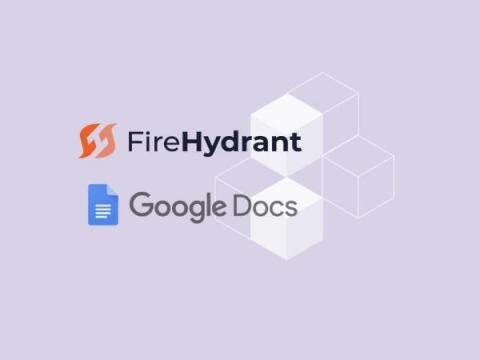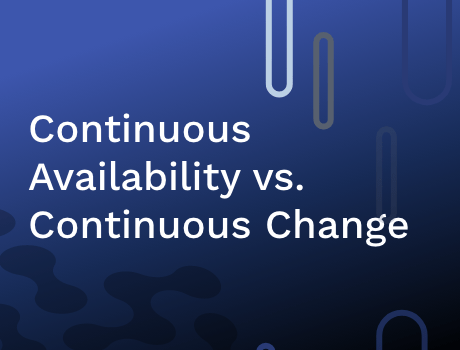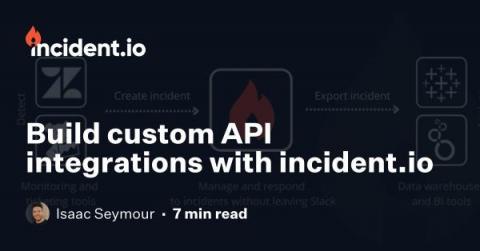Operations | Monitoring | ITSM | DevOps | Cloud
Latest News
Collaboratively author retrospectives with our new Google Docs integration
When it comes to learning from incidents, your tools should adapt to the way your organization works. Many of you conduct your retrospectives in rich-text document editing tools, like Google Docs. That’s why we’ve introduced the option to export your retrospectives to Google Docs. Retrospective export to Google Docs can be automated as part of your incident management process with a Runbook step.
Spot Eco offers savings for Azure Enterprise Agreement customers
Kubernetes Is Here to Stay: This Is Why
Back for a fourth year, our annual State of Kubernetes survey shows ongoing momentum with Kubernetes adoption. Respondents expressed an easing of most challenges, aside from security. Here are four highlights from this year's survey.
Continuous Availability vs. Continuous Change
All companies are going through some form of cloud adoption - whether cloud migration for the first time, hybrid cloud adoption, or extending cloud-native with newer microservice architecture. But, according to a recent survey by Aptum*, only 39% of companies are completely satisfied with their current rate of digital transformation. Cloud adoption projects create a continuous state of change for engineering teams juggling to keep things up and running while limiting the impact on customers.
Infrastructure monitoring using kube-prometheus operator
Prometheus has emerged as the de-facto open source standard for monitoring Kubernetes implementations. In this tutorial, Kristijan Mitevski shows how infrastructure monitoring can be done using kube-prometheus operator. The blog also covers how the Prometheus Alertmanager cluster can be used to route alerts to Slack using webhooks. In this tutorial by Squadcast, you will learn how to install and configure infrastructure monitoring for your Kubernetes cluster using the kube-prometheus operator, displaying metrics with Grafana, and configuring alerting with Alertmanager.
Using Containers for Microservices: Benefits and Challenges for your Organization
Digital transformation and use cases in logistics
Customer-first culture is a driving force for any organisation’s success in logistics. Having a customer-first mindset means constantly thinking about your customer and your customers’ customers — and all of their employees. To have a good relationship with the customers, listening and understanding them is the key.
Build custom API integrations with incident.io
We’re building incident.io as the single place you turn to when things go wrong. When an issue is disrupting your business-as-usual, the last thing you want is to start opening ten different tools to diagnose and fix it! As your central incident hub, we need to give you two powers: Workflows cover the former. Workflows are like a mini incident.io Zapier.
5 Cloud Migration Planning Tool Misconceptions
By now, most of us know that migrating workloads to the cloud isn’t like simply moving software from one server to another—especially in a complex enterprise infrastructure with many interdependent services and components. There are a lot of things that can go wrong: technical public cloud provisioning issues, security and compliance challenges, lack of cloud skills, wrong public cloud service provider (CSP) selection, unexpected costs, and more.











